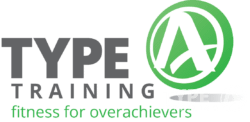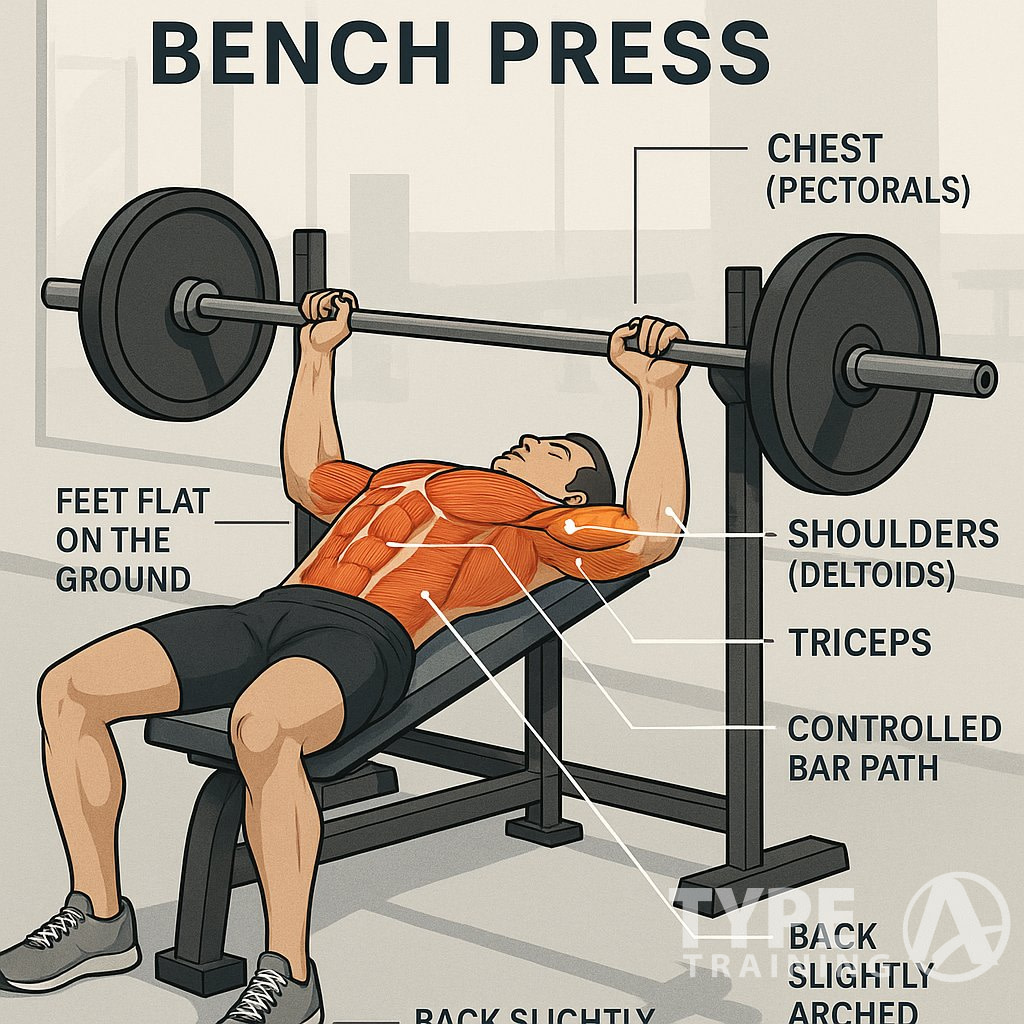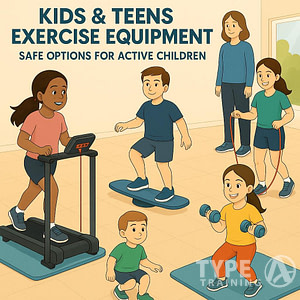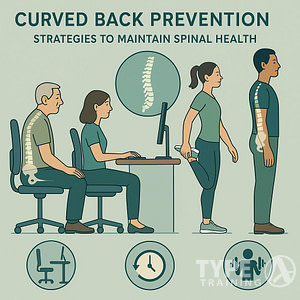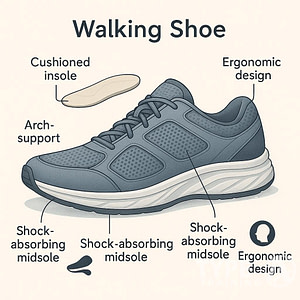The bench press is a cornerstone exercise for building upper body strength and muscle mass. Learning how to bench press with proper form and technique is crucial, as this compound movement targets multiple muscle groups simultaneously, making it highly efficient for overall chest development and power. Knowing how to bench press correctly can lead to significant improvements in your fitness journey.
Mastering proper bench press technique can significantly improve your strength gains and reduce the risk of injury.
Whether you’re a beginner or an experienced lifter, understanding the nuances of the bench press can take your fitness journey to new heights.
Understanding how to bench press not only enhances your physical strength but also boosts your confidence in the gym.
Popular posts:
From grip width to foot placement, every aspect of this exercise plays a crucial role in maximizing your results.
Incorporating how to bench press into your workout routine can lead to impressive results over time.
By incorporating the bench press into your workout routine, you’ll not only enhance your chest muscles but also strengthen your triceps, shoulders, and core.
Many lifters see great benefits when they focus on how to bench press effectively.
Let’s explore how to perform this essential exercise correctly and unlock its full potential for your fitness goals.
Let’s delve into how to bench press while ensuring you maintain safety and effectiveness.
Key Takeaways
- Proper form and technique are essential for maximizing strength gains and preventing injuries
- The bench press targets multiple muscle groups, making it an efficient compound exercise
- Regular practice and progressive overload are key to improving your bench press performance
Fundamentals of How to Bench Press
Focusing on how to bench press can improve muscle symmetry and overall physique.
The bench press is a key compound exercise that targets multiple upper body muscle groups. Mastering proper form and technique is crucial for maximizing strength gains and preventing injury.
When mastering how to bench press, consider variations to keep your workouts engaging and effective.
Muscles Engaged
The bench press primarily works the pectoralis major, anterior deltoid, and triceps brachii. Your chest muscles provide the main pushing force, while your shoulders and triceps assist in the movement.
Learning how to bench press can greatly enhance your upper body strength when done regularly.
Secondary muscles engaged include the biceps, which stabilize the elbow joint, and the serratus anterior, which helps protect your shoulder blades.
To fully activate these muscles, focus on squeezing your chest at the top of each repetition.
To maximize your gains, understanding how to bench press is essential for any strength training routine.
Proper Grip and Hand Position
Your grip on the barbell plays a vital role in bench press performance. Place your hands slightly wider than shoulder-width apart on the bar.
Your grip is crucial when learning how to bench press; consider experimenting with different widths.
Grip the bar firmly with your thumbs wrapped around it for safety. This is known as the “closed grip” technique.
Adjust your grip width based on your arm length and comfort level. A wider grip emphasizes chest engagement, while a narrower grip targets the triceps more.
Starting Position & Bar Path
Establishing the right starting position is vital when mastering how to bench press.
Begin by lying flat on the bench with your feet planted firmly on the ground. Arch your lower back slightly to maintain a neutral spine position.
Unrack the bar and hold it directly above your chest with your arms fully extended.
Lower the bar in a controlled manner, following a slight arc towards your mid-chest.
Touch the bar to your chest at the nipple level or slightly below.
Press the bar back up along the same path, focusing on driving through your chest muscles.
Maintain a consistent bar path throughout the movement for optimal strength and muscle activation. Keep your wrists straight and elbows tucked at a 45-degree angle to your torso.
Executing the Lift
Executing the lift with a focus on how to bench press will yield maximum results.
Proper execution of the bench press is crucial for maximizing gains and preventing injury. Focus on form, technique, and breathing to get the most out of this powerful exercise.
Proper execution of how to bench press ensures you achieve your fitness goals.
Lowering the Bar
Lowering the bar correctly is a critical part of how to bench press effectively.
Begin with the bar at arm’s length above your chest. Unrack it carefully, maintaining control.
Lower the bar slowly to your mid-chest, just below your nipples. Keep your wrists straight and elbows at a 45-degree angle to your torso.
As you lower, arch your back slightly to engage your chest muscles. This arch should be natural – don’t overdo it.
Tuck your shoulder blades together and down, creating a stable base.
Use controlled leg drive to maintain tension throughout your body. Your feet should be flat on the floor, driving through your heels.
The Pressing Phase
During the pressing phase, focus on how to bench press with intention and control.
Push the bar up in a straight line towards the starting position. Focus on pushing yourself away from the bar, rather than pushing the bar away from you. This mental cue can help with proper muscle activation.
Keep your elbows tucked at about 45 degrees to your body. Don’t let them flare out excessively.
Drive through your feet to generate power from your legs.
Squeeze your chest muscles as you push.
At the top, don’t lock out your elbows completely. Maintain slight tension for better muscle engagement and joint safety.
Breathing Technique
Proper breathing is essential for understanding how to bench press safely and effectively.
Proper breathing is essential for a strong bench press.
Take a deep breath before unracking the bar. Hold this breath as you lower the bar, creating intra-abdominal pressure.
As you press the bar up, exhale forcefully.
This technique, called the Valsalva maneuver, helps stabilize your core and increase power output.
Time your breaths with each rep. Inhale at the top, hold as you lower, and exhale as you push.
This rhythm helps maintain stability and focus throughout your set.
Remember to breathe between reps. Don’t rush. Take a moment at the top to reset your breath before the next repetition.
Bench Press Variations
Including variations can diversify your routine when learning how to bench press.
Bench press variations target different muscle groups and can enhance your overall chest development. These alternatives to the standard flat bench press offer unique benefits and challenges.
Understanding how to bench press variations can keep your training dynamic and productive.
Incline and Decline Bench Press
The incline bench press shifts focus to the upper chest muscles. Set the bench at a 15-30 degree angle for optimal results. This variation engages the anterior deltoids more than the flat bench press.
Implementing incline and decline variations can enhance your grip on how to bench press.
Decline bench press targets the lower chest. Position the bench at a -15 to -30 degree angle. This exercise puts less stress on the shoulders, making it suitable for those with shoulder issues.
Both variations require proper form to prevent injury. Keep your feet flat on the ground and maintain a slight arch in your back.
Dumbbell Bench Press
Dumbbell bench presses allow for a greater range of motion compared to barbell exercises. This increased mobility can lead to better muscle activation and growth.
Dumbbell variations are another excellent way to diversify how to bench press in your workouts.
Start with lighter weights to perfect your form.
Lower the dumbbells to chest level, then press them up, bringing them closer together at the top of the movement.
This exercise helps correct muscle imbalances between your left and right sides. It also improves stabilizer muscle strength, enhancing overall chest development.
Bench Press Alternatives
Push-ups are a versatile bodyweight alternative to bench presses. They engage similar muscle groups and can be modified for different fitness levels.
Cable flyes target the chest muscles from a different angle. They maintain constant tension throughout the movement, promoting muscle growth.
Understanding how to bench press alternatives can offer new challenges and benefits.
Resistance band chest presses are portable and effective. They’re ideal for home workouts or when traveling. Adjust resistance by changing band strength or stance width.
Safety and Spotting
Proper spotting and safety precautions are crucial for bench pressing. These techniques help prevent injuries and allow you to push your limits safely.
Safety techniques are essential when learning how to bench press effectively.
Proper Spotter Technique
A good spotter stands at the head of the bench, hands hovering near the bar without touching it. They should remain focused and ready to assist if needed.
When you struggle, the spotter helps guide the bar back to the rack. They use an underhand grip, lifting from the middle of the bar.
Communicate clearly with your spotter. Agree on verbal cues for when you need help and how many repetitions you plan to perform.
Self-Spotting Methods
When training alone, use a power rack with safety pins set just below your chest level. This allows you to perform the exercise without fear of getting pinned under the bar.
Another option is the “roll of shame” technique. If you can’t complete a rep, lower the bar to your chest and roll it down your body to your hips.
Dumbbells offer a safer alternative for solo training. You can easily drop them to the sides if you reach failure.
Always maintain proper form. Keep your back flat on the bench and your feet planted firmly on the ground for stability and safety.
Enhancing Performance
Enhancing your performance involves knowing how to bench press correctly in your routine.
Maximizing your bench press performance requires strategic planning and complementary exercises. Proper integration into your workout routine and targeted accessory movements can significantly boost your results.
Workout Integration
Place bench press at the start of your chest or push day when you’re fresh.
Aim for 2-3 bench sessions per week, allowing 48-72 hours between workouts for recovery.
Vary your rep ranges to target different aspects of strength and muscle growth.
Try this sample routine:
- Week 1: 5 sets of 5 reps at 80-85% 1RM
- Week 2: 4 sets of 8 reps at 70-75% 1RM
- Week 3: 3 sets of 12 reps at 60-65% 1RM
Rotate through this cycle to challenge your muscles and prevent plateaus.
Track your progress and gradually increase weight as you get stronger.
Accessory Exercises
Incorporate these movements to strengthen supporting muscles and improve your bench press:
-
- Close-grip bench press: Targets triceps
- Incline dumbbell press: Emphasizes upper chest
Close-grip variations are an excellent way to diversify how to bench press.
- Dips: Builds overall pushing strength
- Face pulls: Balances shoulder development
- Rows: Strengthens upper back for stability
Perform 3-4 sets of 8-12 reps for each exercise.
Proper form is crucial for maximizing your results when you learn how to bench press effectively.
Add these to your routine 1-2 times per week.
Focus on proper form and controlled movements to maximize muscle engagement and minimize injury risk.
Common Bench Press Mistakes
Proper technique is crucial for an effective and safe bench press. Avoiding common errors can enhance your performance and reduce injury risk.
Correcting Form Errors
Correcting form errors is key to mastering how to bench press safely.
Arching your back excessively can lead to spinal stress. Maintain a slight, natural arch instead.
Keep your feet flat on the floor for stability. Avoid bouncing the bar off your chest, as this reduces muscle engagement and control.
Uneven bar paths are another frequent issue. Ensure the bar moves in a straight line from your mid-chest to above your shoulders.
Grip width matters too – too wide or narrow can strain your shoulders. Aim for a grip that aligns your forearms vertically at the bottom of the movement.
Don’t forget about your head position. Keep it neutral on the bench, avoiding the urge to lift it during the press.
Avoiding Injury
Neglecting proper warm-ups increases injury risk. Start with light weights and gradually increase.
Use a spotter for heavier lifts to prevent accidents.
Rushing through reps compromises form and safety. Control the bar throughout the entire movement, especially during the descent.
Lock your wrists to prevent strain and maintain a solid pressing platform.
Overloading the bar too quickly can lead to shoulder injuries. Progress gradually, focusing on form before increasing weight.
If you experience pain, stop immediately and reassess your technique.
Remember to engage your core and leg muscles for added stability. This full-body tension helps protect your spine and shoulders during heavy lifts.
Advanced Techniques and Progressions
Mastering advanced techniques can significantly impact your understanding of how to bench press.
Mastering advanced bench press techniques can significantly boost your strength and performance. These methods target explosive power development and help break through plateaus.
Developing Explosive Power
Incorporating pause reps into your routine enhances explosive strength.
Lower the bar to your chest, pause for 1-2 seconds, then explode upward. This technique eliminates momentum and forces your muscles to work harder.
Bands and chains are valuable tools for variable resistance training. Attach bands to the barbell or drape chains over each end.
As you press, the resistance increases, challenging your muscles throughout the entire range of motion.
Try speed bench presses to improve power output. Use 50-60% of your 1RM and focus on moving the bar as quickly as possible while maintaining proper form.
Overcoming Plateaus
Implement progressive overload by gradually increasing weight, reps, or sets.
Implementing progressive overload is essential for improving your skills in how to bench press.
This consistent challenge stimulates muscle growth and strength gains.
Vary your grip width to target different muscle fibers. A wider grip emphasizes chest engagement, while a narrower grip focuses more on triceps.
Incorporate accessory exercises like close-grip bench press, incline presses, and dips to strengthen supporting muscles.
Periodization is key for long-term progress. Alternate between phases of high volume, low intensity and low volume, high intensity to continuously challenge your muscles.
Frequently Asked Questions
Proper technique, targeted muscles, and effective training methods are key aspects of successful bench pressing. Common mistakes and equipment variations also impact performance.
Examining common mistakes is vital in refining your approach to how to bench press.
What is the correct form for performing a barbell bench press?
Lie flat on the bench with your feet on the floor. Grip the bar slightly wider than shoulder-width.
Lower the bar to your chest while keeping your wrists straight and elbows at a 45-degree angle.
Push the bar up explosively while maintaining control. Keep your shoulders retracted and core tight throughout the movement. Breathe out as you press up.
What muscles are primarily targeted during the bench press exercise?
The bench press primarily targets the pectoralis major (chest muscles). It also engages the anterior deltoids (front shoulder muscles) and triceps (back of the upper arms).
Secondary muscles involved include the biceps, lats, and core stabilizers. The bench press is an excellent compound exercise for upper body strength development.
How can I increase my bench press strength effectively?
Progressive overload is crucial for increasing bench press strength. Gradually increase the weight or repetitions over time.
Incorporate variations like close-grip or incline bench presses. Strengthen supporting muscles with exercises like push-ups and dips.
Ensure proper nutrition and recovery between workouts. Consistency and patience are key to long-term strength gains.
Understanding nutrition and recovery is crucial for those learning how to bench press effectively.
What are the common mistakes to avoid while performing a bench press?
Avoid bouncing the bar off your chest, as this can lead to injury. Don’t arch your back excessively or lift your feet off the ground.
Refrain from flaring your elbows out too wide. Don’t rush through the movement or use momentum. Maintain proper form throughout the entire exercise.
Is it necessary for the bar to touch the chest during a bench press?
For most lifters, the bar should touch the chest for a full range of motion. This maximizes muscle engagement and strength development.
However, individuals with shoulder issues may need to adjust their range. Always prioritize proper form and listen to your body.
If touching your chest causes pain, consider a slightly higher stopping point or consult a fitness professional.
What are suitable bench press alternatives using dumbbells?
Dumbbell exercises can supplement your knowledge of how to bench press with greater range of motion.
Dumbbell bench presses offer a great alternative to barbell bench presses. They allow for a greater range of motion and can help correct muscle imbalances.
Incline and decline dumbbell presses target different areas of the chest. Meanwhile, dumbbell flyes focus on chest isolation. Lastly, floor presses with dumbbells can be beneficial for those with shoulder concerns.
